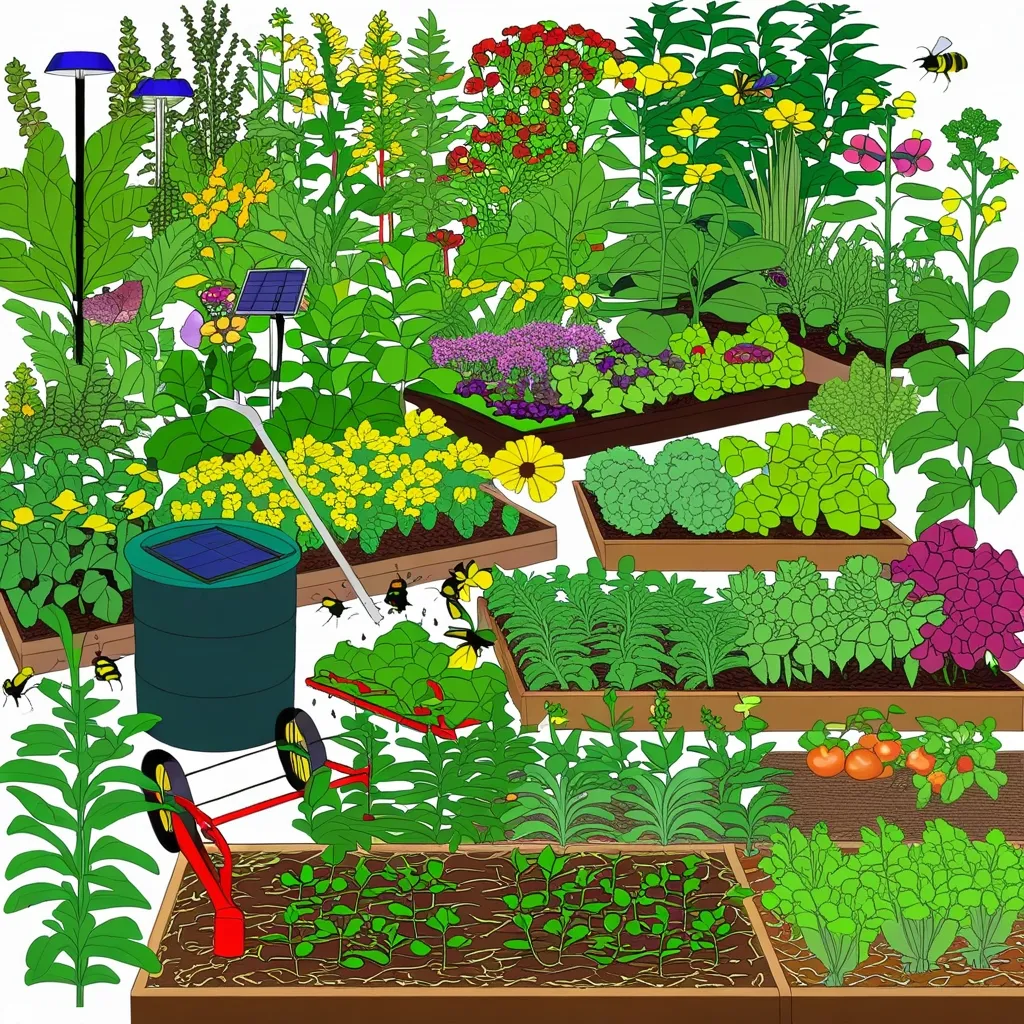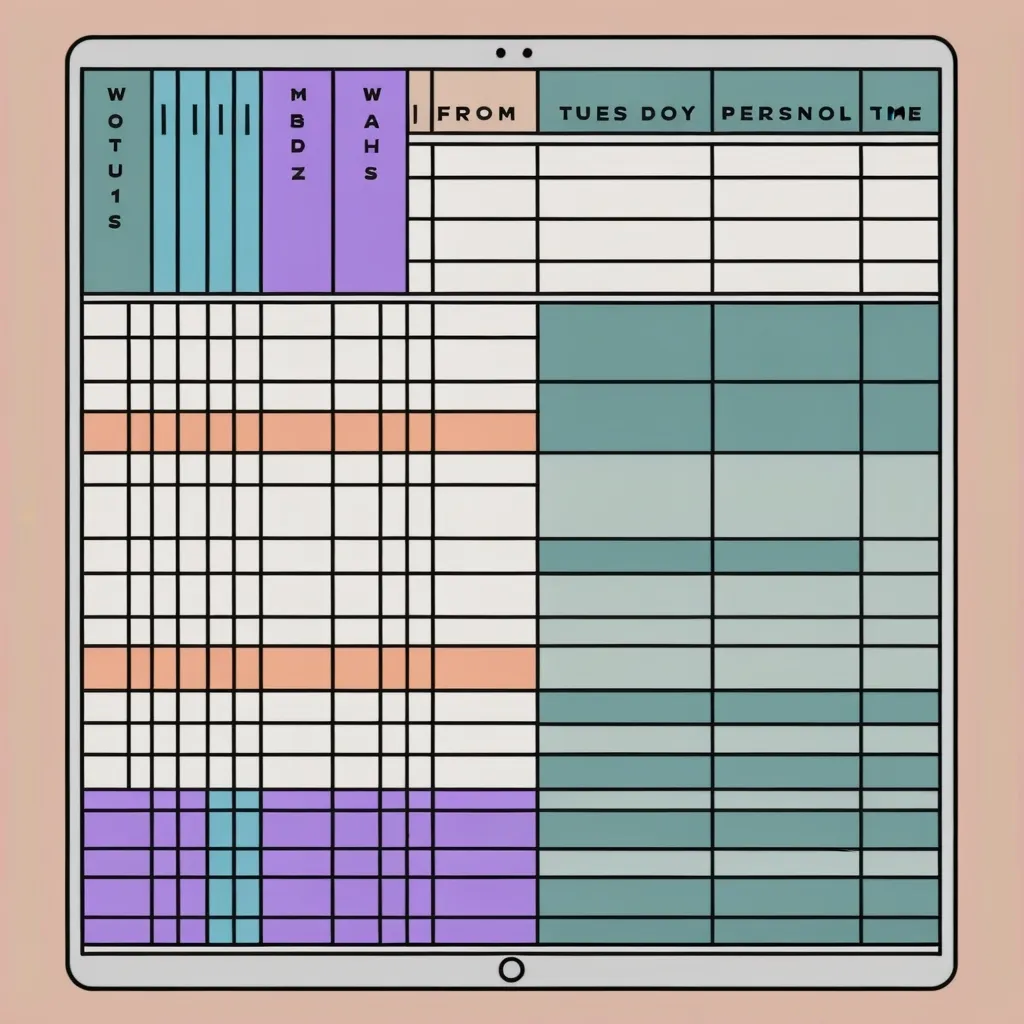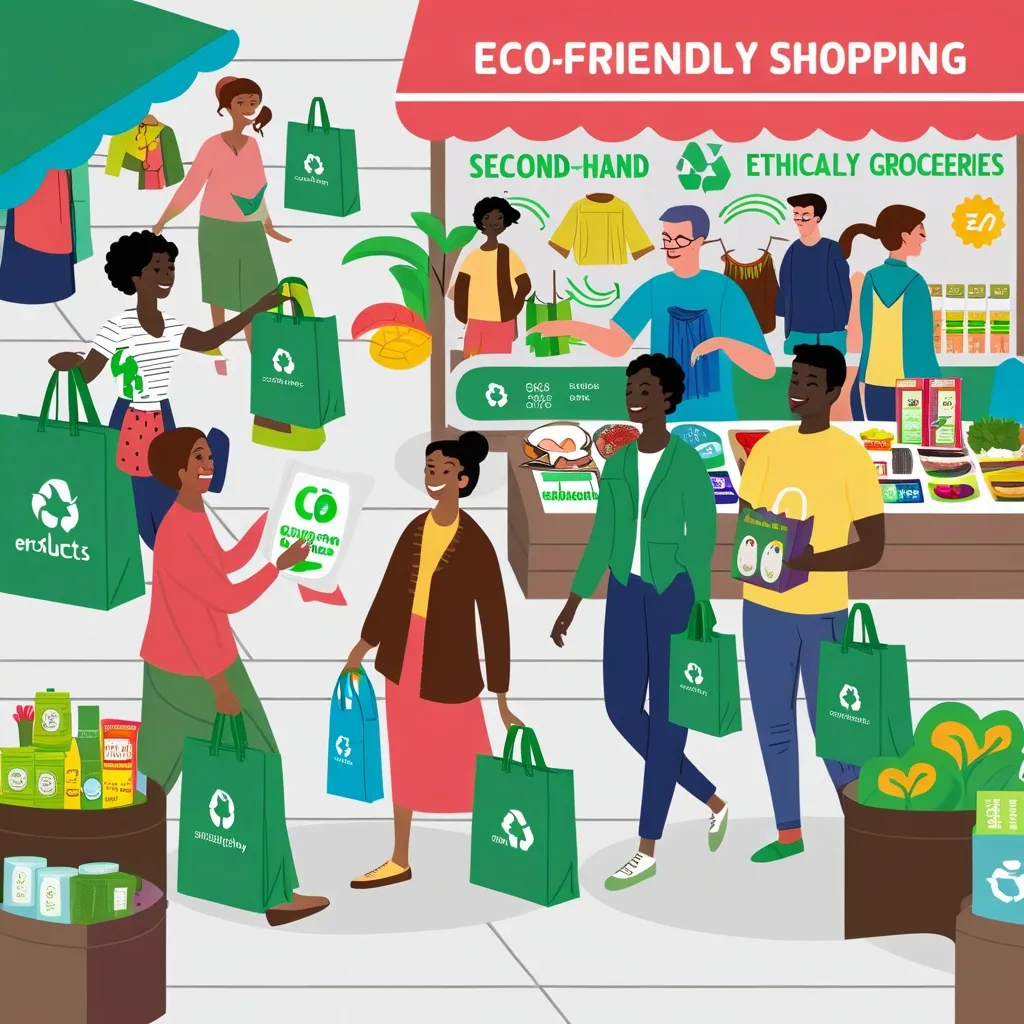Sustainable gardening isn’t just a passing trend; it’s a way to make our backyards greener and kinder to the planet. By taking up eco-friendly practices, we’re not just nurturing our gardens; we’re giving back to Mother Earth and building healthier spaces for both us and the creatures sharing our local ecosystems. It’s all about creating a harmonious, lasting oasis that thrives with minimal harm to the environment.
Making Water Work for the Garden
First things first—let’s talk about water. One of the golden rules of sustainable gardening is effective water use. Lawns and gardens don’t need as much water as we sometimes think. Often, a good inch of water per week is plenty. Investing in a simple rain gauge can be a game-changer. It gives a clear idea of how much rain your garden has received, helping you decide when to water.
Sprinklers are notorious for wasting water, losing a lot to evaporation. Instead, hoses and drip irrigation systems allow for better water control, ensuring every drop goes straight to the plants’ roots. And if the idea of collecting rainwater sounds appealing, installing a rain barrel could be your next DIY project. It’s particularly handy if you live in an area where the weather can’t seem to make up its mind.
Picking the Perfect Plants
Choosing the right plants can make a huge difference. Native plants are like the VIPs of the garden world—low maintenance and perfectly adapted to thrive in local conditions. They typically require less water, fertilizers, and pesticides. If dry summers are a thing in your area, consider diving into the world of drought-resistant perennials. They’ll love basking in the sun without needing constant refreshment.
Avoiding invasive species is also crucial. These aggressive plants can easily take over, damaging local biodiversity. A diverse collection of native plants, particularly those that attract local wildlife, can turn your garden into a buzzing ecosystem. The bees, butterflies, and hummingbirds visiting will thank you.
Saving Energy While Gardening
Think about energy use too. Swapping out that old gas-guzzling lawnmower for an electric or push-reel mower can do wonders. Keeping the blade sharp ensures the job is done efficiently, meaning less frequent mowing. Maybe even consider reducing lawn space altogether—more room for trees, shrubs, or an expanded garden that uses less energy and adds cool shade.
When it comes to lighting, solar-powered LED bulbs are fantastic. They consume less power and lend a magical glow to the garden by night without racking up your electricity bill or harming the environment.
Fertilizing Nature’s Way
Fertilizers are like the garden’s energy drinks—but go easy on them! Too much can be harmful. A more sustainable way is to enrich the soil naturally. Composting kitchen scraps and yard waste not only cuts down on landfill contributions but also creates nutrient-rich soil. Your plants will thrive, and you’ll hardly need chemical fertilizers.
Nature’s Own Pest Control
Companion planting is nature’s clever trick. It involves growing different plants together that help each other out. For instance, planting marigolds around tomatoes can chase away whiteflies, while garlic and onions can deter carrot root flies. This natural approach means fewer harmful chemicals and a healthier garden overall.
Pesticides? Best avoided. They’re bad news for both helpful insects and the environment. Instead, organic growing methods and a diverse mix of flowers can attract beneficial insects and keep the pests at bay.
Keep the Blooms Coming
Planning for year-round blooms ensures a steady stream of visitors to your garden. Some smart planning and seed collecting from your own flowers can keep beds blooming beautifully. This isn’t just an aesthetic choice but a way to keep pollinators happy and active all year round.
In veggie and herb gardens, a sprinkle of colorful flowers can entice pollinators and beneficial bugs, while ornamental flower beds will burst with life, naturally topping up the garden’s beauty supplies.
Embracing Dry Gardens
Living in a dry area? Create a garden that thrives in those conditions. Plants like fragrant herbs and olive trees can be stars in dry gardens. They need less water and cope better with runoff if your garden is on a slope. It’s a win-win, especially for regions with frequent droughts.
Welcoming Wildlife
Native plants loaded with pollen and nectar attract a delightful host of bees, butterflies, and moths. For example, plants like buddleia, verbena, marjoram, and lavender are fantastic for inviting butterflies. Night-scented blooms such as honeysuckle and jasmine will lure moths, which in turn attract bats.
Leaving plants to go to seed in the fall provides a feast for visiting birds, and berry-producing shrubs ensure there’s ample food year-round.
Treating Soil Right
Healthy garden soil is a cornerstone of sustainability. Deep digging and adding organic matter like compost set a solid foundation. This practice not only reduces the need for fertilizers and pesticides but also creates a safer, more inviting garden for the whole family.
Greener Lawns
Traditional lawns can be high maintenance, but a few tweaks can make them greener—in every sense. Consider reducing lawn size by planting more trees and expanding garden beds. The remaining lawn can be made eco-friendlier through sustainable practices like mixing native grass species that need less upkeep.
Mulch Magic and Rain Barrels
Mulch is like a gardener’s secret weapon. It helps retain moisture and suppresses those pesky weeds. A simple layer around plants means less watering and protects against soil erosion. Pair this with rain sensors on your irrigation system so you’re not watering just before a rainstorm, and you’ve got a winning combo for water conservation.
Rain barrels are brilliant for collecting natural, chlorine-free rainwater. It’s especially beneficial in regions where weather unpredictability is the norm.
Start Small, Think Big
The idea of a sustainable garden might feel overwhelming, but starting small makes it manageable. Begin with a few containers or a small plot and grow from there. As confidence and experience build, the garden can expand too.
Picking plants suited to local climate and soil conditions, especially natives, ensures resilient, low-maintenance gardens. Thoughtful planning regarding garden layout, sun exposure, and plant height can optimize plant growth and garden beauty.
Reaping Quick Rewards
Certain plants are practically begging to be part of sustainable gardens. Quick-growing, nutrient-dense greens like lettuce, spinach, kale, and Swiss chard will keep the kitchen stocked with healthful greens.
Herbs such as basil, mint, rosemary, and thyme are easy to grow and cut down on the need for store-bought options, which often involve excessive packaging. Tomatoes, full of vitamins and superior taste when homegrown, are a garden favorite.
Root vegetables like carrots, radishes, and beets are hardy and straightforward to grow, offering both edible roots and greens for salads—zero waste!
Wrapping Up
Embarking on the journey of sustainable gardening isn’t just beneficial for you; it’s a gift to the environment. By making mindful choices like conserving water, picking the right plants, and reducing energy and fertilizer use, you create a vibrant, eco-friendly garden. Whether just starting out or transforming a sprawling yard, each sustainable step counts. So go on—dive in, get your hands dirty, and watch as your garden blossoms and contributes to a greener planet.






